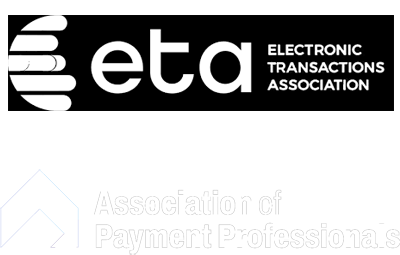29 Jun

Credit card processing is a vital aspect of modern commerce, allowing businesses to accept electronic payments securely and efficiently. But have you ever wondered how credit card processing actually works? In this comprehensive guide, we will walk you through the intricacies of credit card processing, from authorization to settlement. By understanding the credit card processing system, you can optimize your payment operations and provide a seamless experience for your customers.
Authorization
Customer Initiates Payment:
The credit card processing journey begins when a customer decides to make a purchase using their debit or credit card. They provide their card information, either by swiping or inserting the physical card or by entering the details online.
Merchant Sends Transaction Details:
The merchant transmits the transaction details, including the customer’s card information, to the terminal or payment gateway. The terminal encrypts the payment information and send it to the card networks for processing. For a card not present transaction, the payment gateway is the equipment used. The gateway is a secure online portal that connects the merchant’s website to the card networks.
Payment Gateway Sends Request to the Acquiring Bank:
The payment gateway sends the transaction request to the acquiring bank via the credit and debit networks. The acquiring bank is the financial institution that has a relationship with the credit card processor and is responsible for processing card transactions through the processor.
Acquiring Bank Sends Authorization Request to the Issuing Bank:
The acquiring bank forwards the transaction details to the issuing bank which is the bank that issued the customer’s debit or credit card. The issuing bank evaluates the transaction for authorization based on the available funds, credit, fraud checks, and other factors.
Issuing Bank Sends Authorization Response:
The issuing bank responds to the acquiring bank with an authorization response. If the transaction is approved, the issuing bank assigns an authorization code, indicating that the customer has sufficient funds or credit, and the transaction is valid.
Authorization Response Sent to the Merchant:
The acquiring bank relays the authorization response to the payment gateway or terminal, which then passes it on to the merchant. The merchant receives the response, informing them whether the transaction was approved or declined.
Settlement
Batching of Authorized Transactions:
Throughout the day, the merchant accumulates authorized transactions and batches them together for settlement. Batching involves grouping multiple transactions to be sent for processing and settlement at a specific time. Almost all terminals and payment gateways are set to batch automatically. A business owner can choose to batch manually if so desired.
Settlement Request Sent to the Acquiring Bank:
The merchant sends a settlement request to the acquiring bank, which includes the batched transaction details. This request initiates the process of transferring the funds from the customers’ accounts to the merchant’s account.
Acquiring Bank Sends Settlement Request to the Issuing Bank:
The acquiring bank sends the settlement request to the issuing bank, indicating the total amount to be transferred from the customers’ accounts.
Issuing Bank Sends Settlement Response:
The issuing bank responds to the acquiring bank’s settlement request, confirming the transfer of funds from the customers’ accounts to the acquiring bank.
Settlement Funds Deposited into the Merchant’s Account:
Once the acquiring bank receives the settlement response, the funds are deposited into the merchant’s designated bank account, typically within a predetermined time frame. The average time frame for a standard merchant account is 24-48 business hours.
The Role of Terminals and Payment Gateways
Encryption and Secure Data Transmission:
Payment terminals and payment gateways play a crucial role in ensuring the security of credit card transactions. They encrypt the sensitive cardholder data, such as card numbers and personal information, during transmission, minimizing the risk of unauthorized access.
Verification and Fraud Prevention:
Terminals and gateways perform real-time verification checks, including address verification and card verification value (CVV) verification, to validate the transaction’s authenticity and minimize the risk of fraudulent activity.
Integration with Merchant Systems:
Payment gateways integrate seamlessly with the merchant’s point-of-sale systems or e-commerce platforms, allowing for smooth transaction processing. They provide the necessary infrastructure and APIs to transmit transaction data securely between the merchant and the acquiring bank.
Fees and Costs
Interchange Fees:
Interchange fees are the fees charged by the card networks, such as Visa, Mastercard, Discover, and American Express for processing card transactions. These fees vary based on factors like card type, transaction volume, card present or not present, industry and rewards.
Processing Fees:
Credit card processing companies charge processing fees, which cover the costs of transaction processing, customer support, and infrastructure. These fees are typically a percentage of the transaction amount or a flat fee per transaction.
Additional Fees:
Some credit card processing companies may also impose additional fees, such as monthly fees, statement fees, chargeback fees, or early termination fees. It is essential to review the fee structure and contract terms to understand the complete cost of processing credit card transactions.
Understanding How Payment Processing Works
Credit card processing involves a series of steps, from authorization to settlement, facilitated by payment gateways and financial institutions. By understanding how credit card processing works, you can make informed decisions about choosing the right payment processor for your business, optimize transaction workflows, and ensure a seamless payment experience for your customers. Embrace the convenience and security offered by credit card processing and unlock the full potential of electronic payments for your business.






